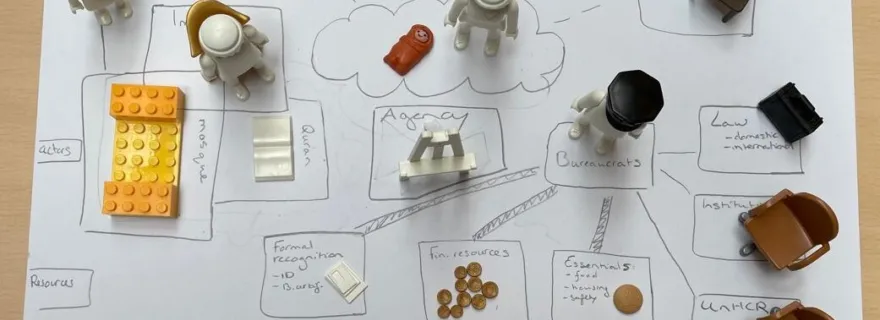Writing = analyzing
Writing requires space and time. To be able to write, I've created my own ritual and experimented with visualization exercises.
My writing ritual
Writing demands both space and time—two things that are often hard to come by in the academic world. To make writing possible, I developed a personal ritual. I came to realize that clarity, for me, rarely follows emotionally intense conversations or hours spent in busy cafés. Instead, it emerges in moments of complete isolation.
This means disconnecting from the internet, putting my phone out of sight, and creating a quiet environment where I can focus. I begin by making tea, then sitting down at my laptop to pick up where I left off, starting with the last sentence written. Occasionally, I listen to instrumental music—never lyrics. Other people’s words interfere with the search for my own.
Writing as a process of analysis
One reason writing takes time is that it is not just about putting words on a page—it’s a process of analysis. Bringing theoretical frameworks and empirical data into conversation with one another is complex, and I found it to be one of the most demanding aspects of my PhD. Developing a theoretical framework that could meaningfully engage with the data involved iterative rounds of reading, reflecting, writing, refining, and starting over.
During a workshop led by Amalia Campos Delgado, assistant professor in our institute, we used Playmobil figures to visualize and distinguish between primary and secondary issues. This simple yet effective exercise allowed me to think differently about my framework, especially around the concepts of citizenship, belonging, and intersectionality. After the workshop, I returned to my writing with fresh eyes and rewrote substantial theoretical sections. Sometimes, the search for clarity goes beyond words; visualizations can offer new insights.


